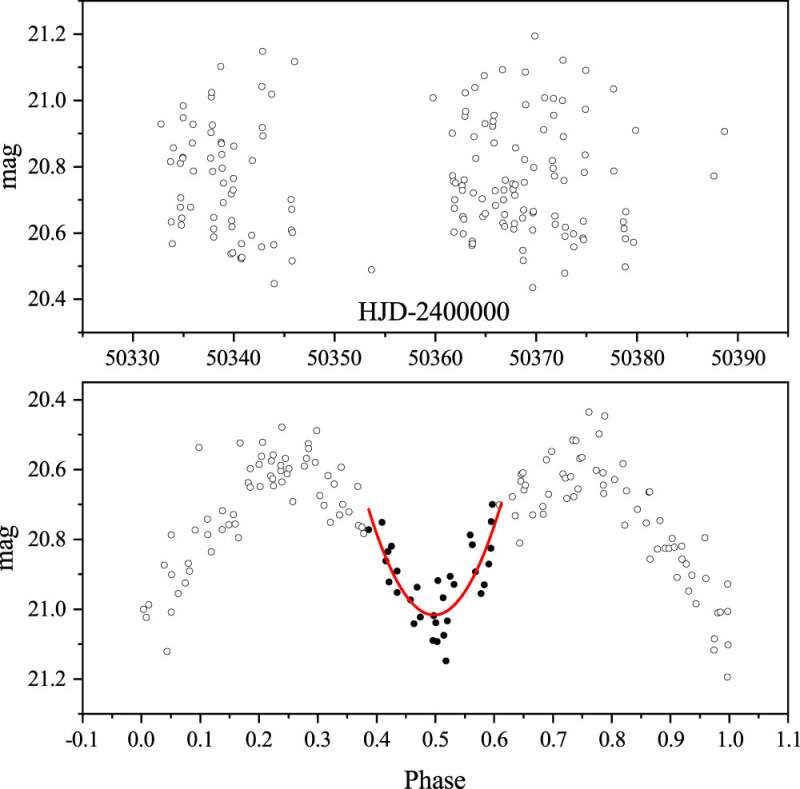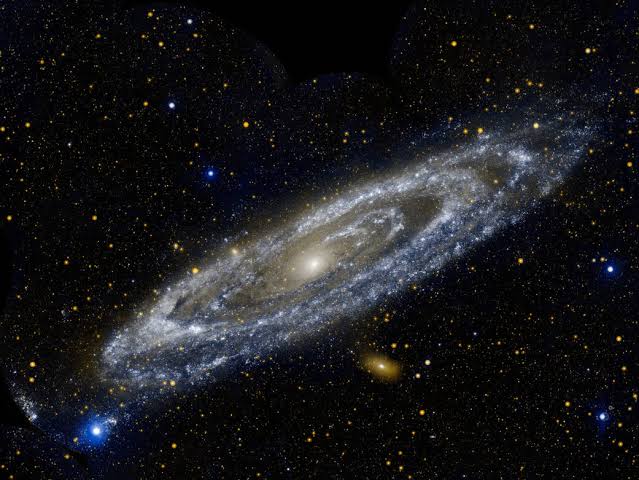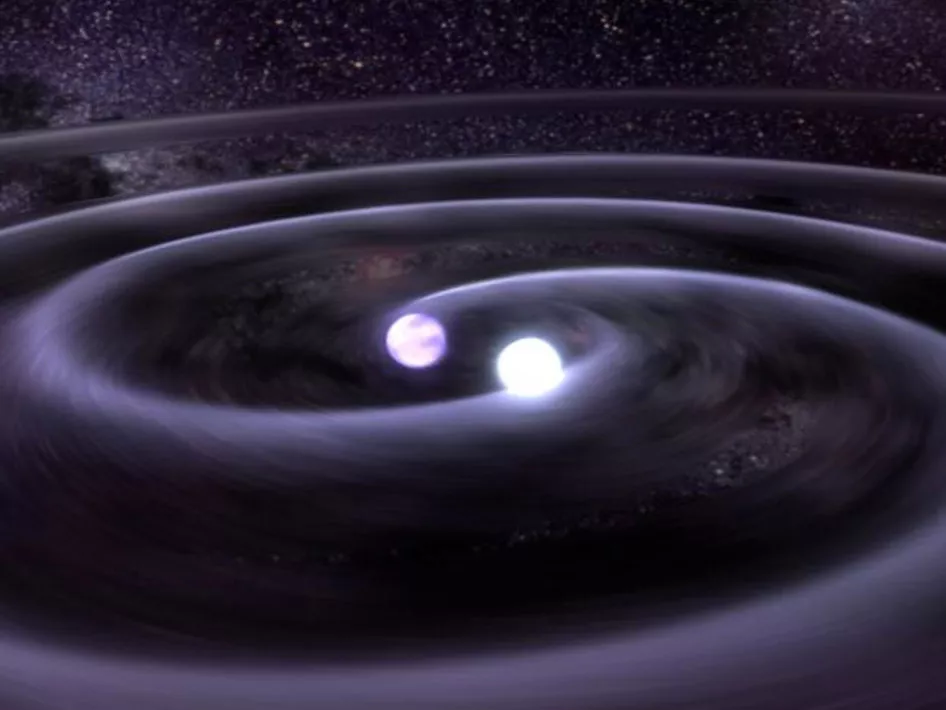The development and growth of massive Binary Stars in the Milky Way and the Andromeda Galaxy (M31) may have the same mechanism, according to a research team led by Professor Qian Shengbang and Ph.D. student Li Fuxing from the Chinese Academy of Sciences’ Yunnan Observatories.

The Massive Binaries
Massive binaries have at least one early-type star with an O or B-type. High-energy radiation, like X-rays, is emitted by these binaries, which can produce neutron stars or black holes.
The detached binaries are the progenitors of these semi-detached binaries, in which the initial, more massive components expand quicker and fill their critical Roche lobes first, before transferring mass to their companions With the Case A evolution.
What Will Happen During This Period?
The orbital period of the system will be reduced and the mass ratio will be enhanced during this process. This binary has the shortest orbital period when the system evolves to the critical condition where the mass ratio equals one (twin binaries).
After this Particular stage, the binary’s mass ratio will be reversed, with mass transfer from the less-massive component to the more-massive component.
The Observation Of V375 Cassiopeia
The researchers looked at the evolution stage of V375 Cassiopeia (V375 Cas), a massive binary with two B-type components, in a study published in Monthly Notices of the Royal Astronomical Society.
They looked at the light curves of V375 Cas and discovered that it should have a late Case A mass transfer from a less-massive to a more massive component.
What Is This M31?

M31 also revealed two huge near binaries with twin components, according to the researchers. M31 is the nearest spiral galaxy to the Milky Way and the biggest galaxy in the Local Group, with a structure and metallicity that is extremely similar to that of Milky Way’s.
From 437 eclipsing binaries, photometric solutions were obtained using the W-D approach, and two twin binaries were discovered. The contact binary system has a mass ratio of 0.974, while the semidetached binary system has a mass ratio of 0.924. This finding suggests that enormous twin binaries are uncommon in M31.
What Were The Observations?
The researchers discovered that these two huge twin binaries are at distinct evolutionary phases with similar mass ratios based on the examination of orbital period variations using O-C diagrams and binary configurations (close to unity). The twin contact binary is poised to enter the critical evolutionary stage of rapid mass transfer and shortest duration.
During the orbit decreasing phase with case A mass transfer, the semidetached binary has gone through that evolution stage and fails to form a contact binary.
These two studies show that enormous binaries can evolve in the Milky Way and M31, and that these binaries, at a particular stage, are a suitable testbed for massive binary evolutionary models.
